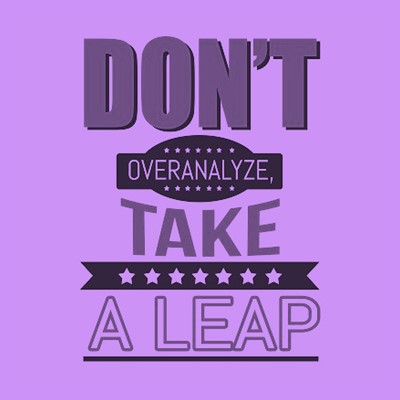 We all know what risk is, right? Of course, we do. We’re familiar with risk because, in one form or another, we all face some type of risk every day. So, asking what risk is, seems to be kind of pointless.
We all know what risk is, right? Of course, we do. We’re familiar with risk because, in one form or another, we all face some type of risk every day. So, asking what risk is, seems to be kind of pointless.
Yet, the concept of risk, while simple on the surface, is deeper than it appears at first glance. In other words, there’s more to risk than meets the eye.
Let’s start with the standard definition of risk. In the dictionary, a risk is defined as a chance of loss or a peril. In addition, it is further defined as the person or thing that creates this chance of loss or peril.
This means that the very concept of risk contains two separate, yet intertwined ideas – the chance of a negative result, along with the action that made that chance a possibility. This is critical to the understanding of risk.
The key word here is – possibility. A possibility is not a certainty. If something is possible, it may occur. At the same time, it may not occur. This means that the negative result at the heart of a risk, while possible, is by no means certain.
Because of this, a positive result is also possible. So, when we define risk, we have to take this fact into account. Any risk also contains a potential reward.
Risk itself is not a negative concept. It is not simply a loss. It is a CHANCE for a loss. That chance may or may not occur. The lower the odds are that the loss will not occur, the higher the odds are that a reward will be the result of undertaking a particular activity.
In other words, a risk is a fluid concept set on a sliding scale. At one end is almost certain negative results.
On the other end is almost certain positive results. In between is the chance. This means that any specific risk is subjective. The risk itself is defined by both the chance for a negative outcome and the person who is willing to accept the odds that that outcome will not occur.
By way of example, let’s take a look at a very common activity – driving. Every day, untold millions of people use motor vehicles, either as drivers or passengers. Likewise, every day, thousands of people die in motor vehicle accidents.
Yet, people still drive. Why? Because the risk of dying is small enough to be acceptable, even though that risk still exists.





